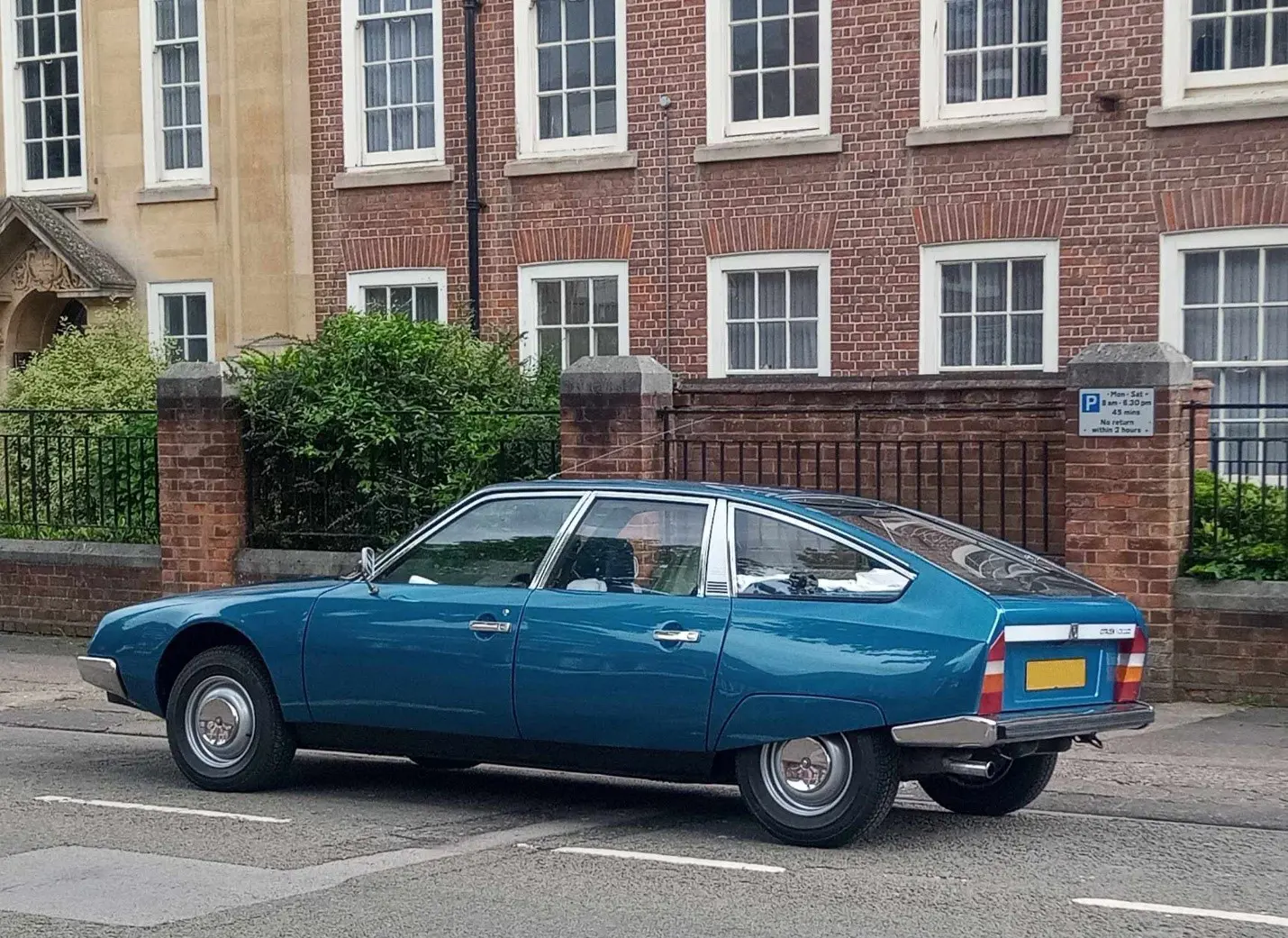The Citroen CX at 50 by Andrew Roberts
02 July 2024
I bought my CX in February 2019 from James Walshe. I followed what he had reported in Practical Classics magazine in 2018 in terms of him being involved in rescuing it from an uncertain future and doing some critical work to get it roadworthy. Following the purchase in Febuary 2019, I spent the remainder of the year familiarising myself with its idiosyncrasies and planning its restoration. My first trip with my CX (unrestored) was to the UK Citroën centenary event at Coombe Abbey, Coventry, in June 2019. I started the restoration project in earnest in early 2020. I continued with what I could at home during COVID-19 and beyond. It passed its first MOT with flying colours after my rebuild in May 2022.

Today, Philip’s 1975 2200 Super is believed to be the oldest surviving British-market CX. Citroën launched the heir to the DS in 1974, and after the press launch in July, Motor Sport wrote of “our first experience with the CX, which we believe is likely to remain the most advanced family saloon car in the World for the next few years.” Citroen scheduled RHD production for late spring of the following year. Car magazine believed the CX was “one of the few cars that belongs to the future as it does to 1975”.
Quite apart from the coachwork, many Citroën enthusiasts were amazed by the transverse engine layout; the CX was originally intended to use a rotary engine, but the 1973 Fuel Crisis meant they employed conventional 2.0-litre and 2.2-litre ‘Big Four’ units. As for the cabin, the instrument binnacle, with its Cyclops–eye speedometer, was “newly planned for safe driving in modern traffic. Meanwhile, several Britons thought it belonged in an episode of Space 1999.
Nearly five decades later, many a CX devotee will tell you their Citroën of choice still feels contemporary.
Philip says of his 2200 Super:
“She feels remarkably modern on the road, considering she is 49 years old, with the CX as a model celebrating its Golden Jubilee in 2024. She is very sure-footed, albeit with some classic body roll pushed through corners, but she does love the open road, almost like a GT car. Being such an early example, she has a four-speed box and is without DIRAVI power steering. Although the CX has a large steering wheel for low-speed maneuvering, she is quite a handful. However, the principal element on the road is her sublime ride quality, thanks to the hydropneumatics suspension system. The braking system is equipped with vented front and rear discs, which are hydro pneumatically interlinked. This provides incredible stopping power, anti-dive and is self-levelling. What non-luxury saloon car had this in 1974-5?”
Naturally, members of the public tend to be mesmerised by the sight of the Hanson CX. In Philip’s words:
“There is no doubt she is a head-turner. With her space-age shape and original metallic ‘Bleu Delta’ colour, there really is nothing else quite like the CX, especially the clean lines of the original CX form. She puts a smile on people’s faces, and that is what she is all about.”
The Blue Delta 2200 Super is certainly a contrast to Philip’s 1967 Wolseley 16/60 we featured a few weeks ago. To quote ‘Car’ inSeptember 1975, Citroën “made the decision to go all-out with the CX and history is as certain to prove them right as this Giant Test does”.
With thanks to: Philip Hanson
